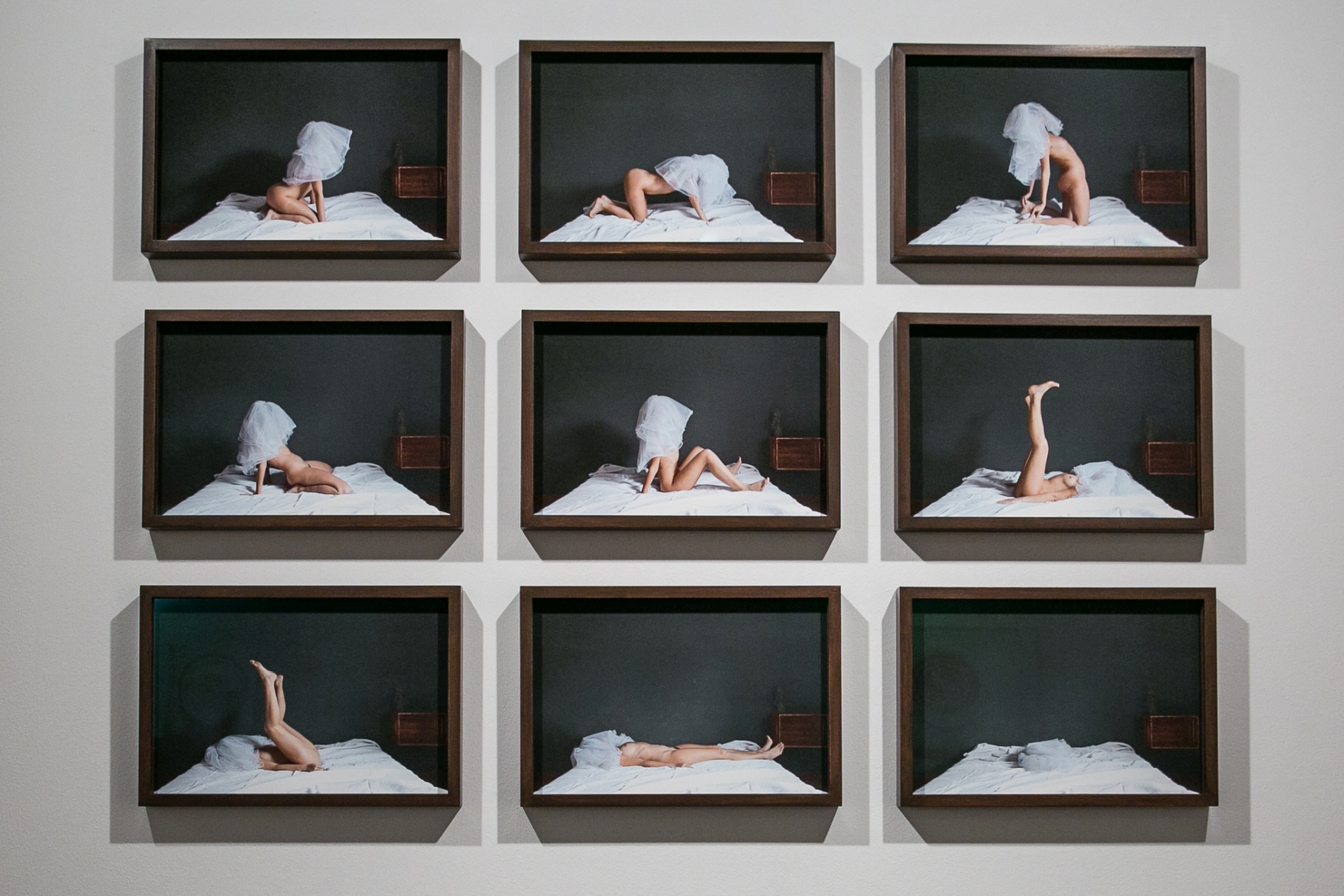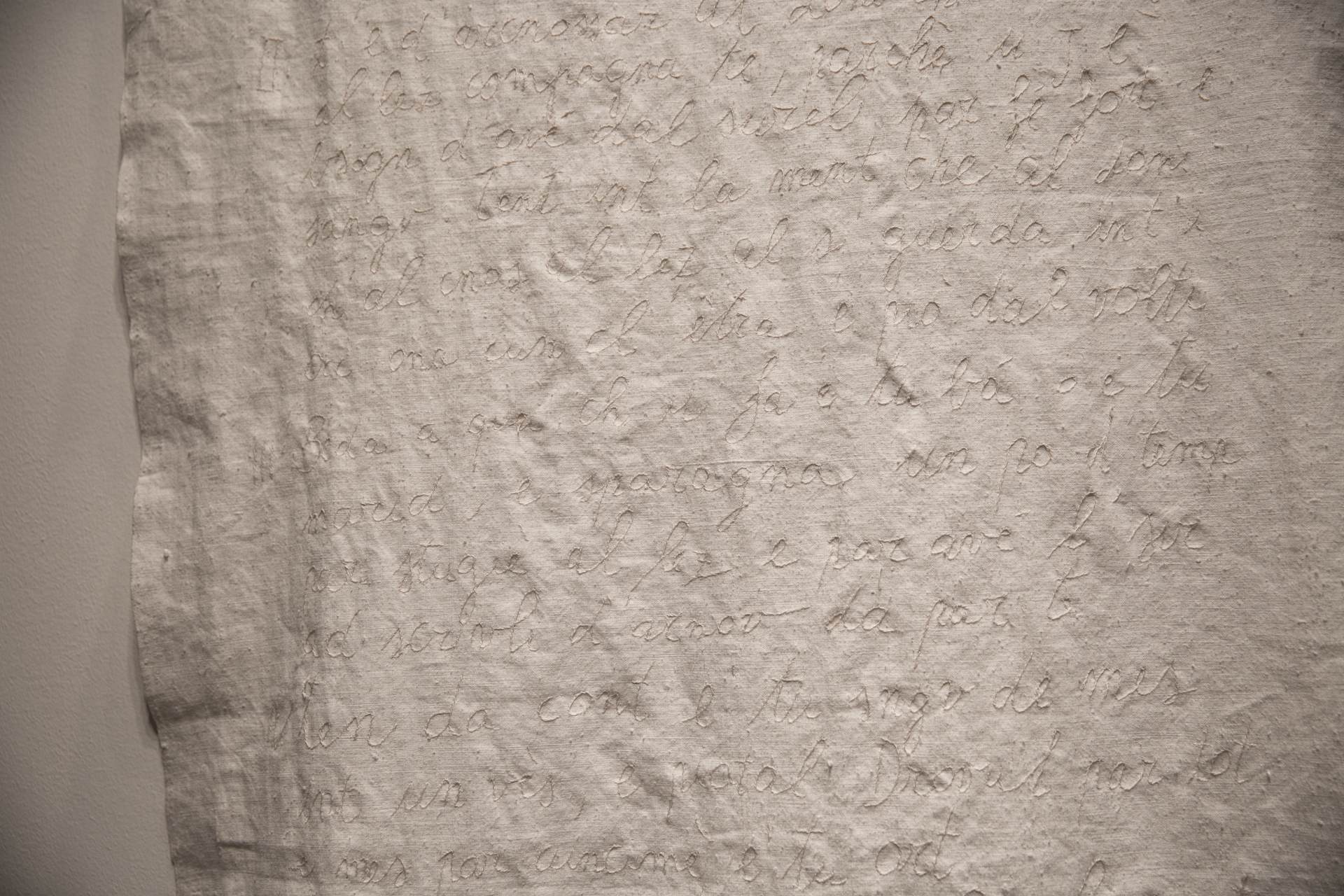GENESIS OF ARTWORK
The tree of milk of Silvia Bigi explores the subject of gender identity mixing reality and fiction, poetic evocations and critical provocations. Photographs and installations, objets trouvés and fictional documents collected between the Balkans and Romagna make up a journey that deals with universal daily, historical and current subjects, to reflect on woman’s role in contemporary society and on social changes.
THE ARTIST
The title of the exhibition is taken from the Kanun of Lek Dukagjini, an old code of precepts and customs passed down orally in the Balkans since medieval times, and perhaps even earlier, and later collected in written form. In the canon – which was handed down by the elders of the community and governed the entire social, legal and economic life of the territories where it was applied – the term “Tree of Milk” was defined as the female lineage while the “Tree of Blood” indicated the only real lineage, that of the male, the dominant line.
The work of Silvia Bigi starts with an accidental finding, the image of a woman, Vukosava Cerovic, portrayed together with another person, seemingly a man. In reality it is her sister Stana Cerovic, the last sworn virgin of the Balkans. The discovery of the existence of the tobelije – women prepared to become men and remain virgins in order to avoid arranged marriages and gain an independent life in a strongly patriarchal society – is the starting point of an argument that investigates the relationship between genetic predetermination and cultural construction of identity, passing through traditional themes such as marriage, dowry, sexuality and the perpetuation of dominant social norms.
With an approach that starts from photos to then expand the boundaries to encompass installations, textile works and audio works, L’albero del latte, presented here for the first time, looks for answers to a question that has constantly haunted Bigi from the moment she found the photo: Although we live in a different context, are we not all like Vukosava and Stana?
“They may seem like stories that belong to another time, to another place,” observes the artist, “yet today women are subjected to dramatic choices, all over the planet. It is a fact that, in the West, a woman’s childbearing years coincide with her social and professional achievement. It is a fact that she is still and always called to choose, to challenge all the limits. To try to silence, by necessity, both parts of herself.”




